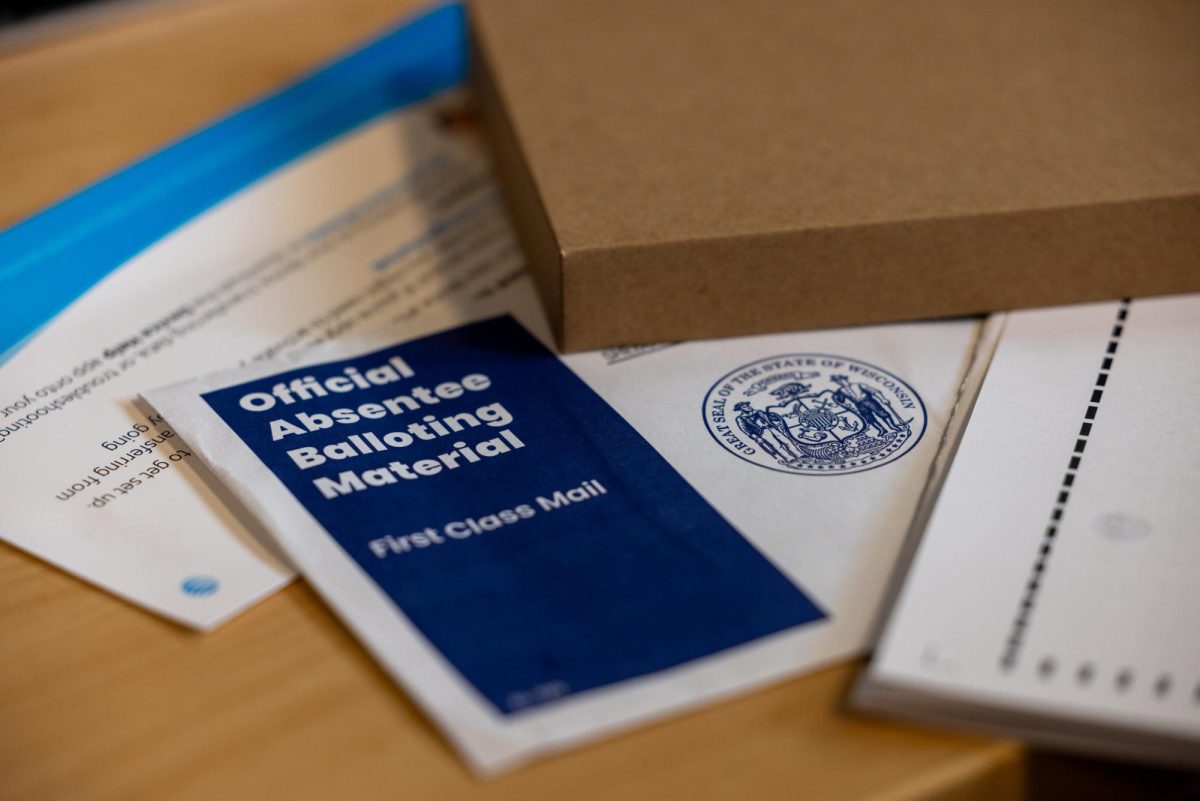To combat the confusion and fear many children have felt since the War on Terrorism began, the White House has launched new features on its children’s website.
The website, http://www.whitehousekids.gov, is part of President Bush’s “Lessons of Liberty” effort, which aims to teach kids about the American ideals of liberty, democracy and freedom.
The website’s new feature is a “Freedom Timeline,” a series of five stories about liberty-themed topics such as the Underground Railroad, the Statue of Liberty and the March of Dimes. The Timeline also includes a vocabulary list, a quiz and a teacher’s guide.
The intent of the Freedom Timeline is to help children understand the principles of freedom and democracy the U.S. is fighting to protect in the war on terrorism.
Joanne Cantor, UW-Madison professor emerita of communication arts, said it may be difficult for children to understand why America is involved in the war.
“Many are scared, naturally,” she said. “Their parents are too.”
Cantor said children get much of their information about the war from television news.
“The best information is certainly not from the news; it scares kids,” she said. “There is a lot of speculation that turns out not to be true.”
Dr. Lewis Leavitt, UW professor of pediatrics, said because young children do not fully understand the concepts of time, finality, cause and death, they have a difficult time understanding recent events in the country.
Leavitt said young children are particularly affected by media coverage of terrorism.
“For them, every time something terrible is shown, it happens again,” he said.
Most experts believe children should get information from their parents and teachers.
The White House website provides teachers with lesson plans to be used in conjunction with the Freedom Timeline. A suggested activity is for students to create their own freedom timelines using other historical stories about liberty.
The site also offers a parent’s guide with a list of questions parents can use to initiate discussions with their children about the topics addressed in the Freedom Timeline.
Leavitt said although school-age children understand much of the recent terrorist-related events, they only vaguely comprehend the meanings of liberty and freedom. These children do, however, have a strong sense of morality, he said.
“What is good and bad is well understood,” he said. “It is quite graspable by school-age children.”
Because of these considerations, Leavitt said children need simple, concrete explanations to understand concepts such as freedom and liberty. He said examples of people doing good deeds aid comprehension.
“Stories of heroines and heroes are very useful,” he said. “And definitions that speak in terms of actual events can be helpful.”
While the website offers both stories and definitions, its effectiveness in helping children understand the war on terrorism remains unknown. At the very least, Cantor said the site should enhance children’s American history education.
“It’s a good way to learn history,” she said.







